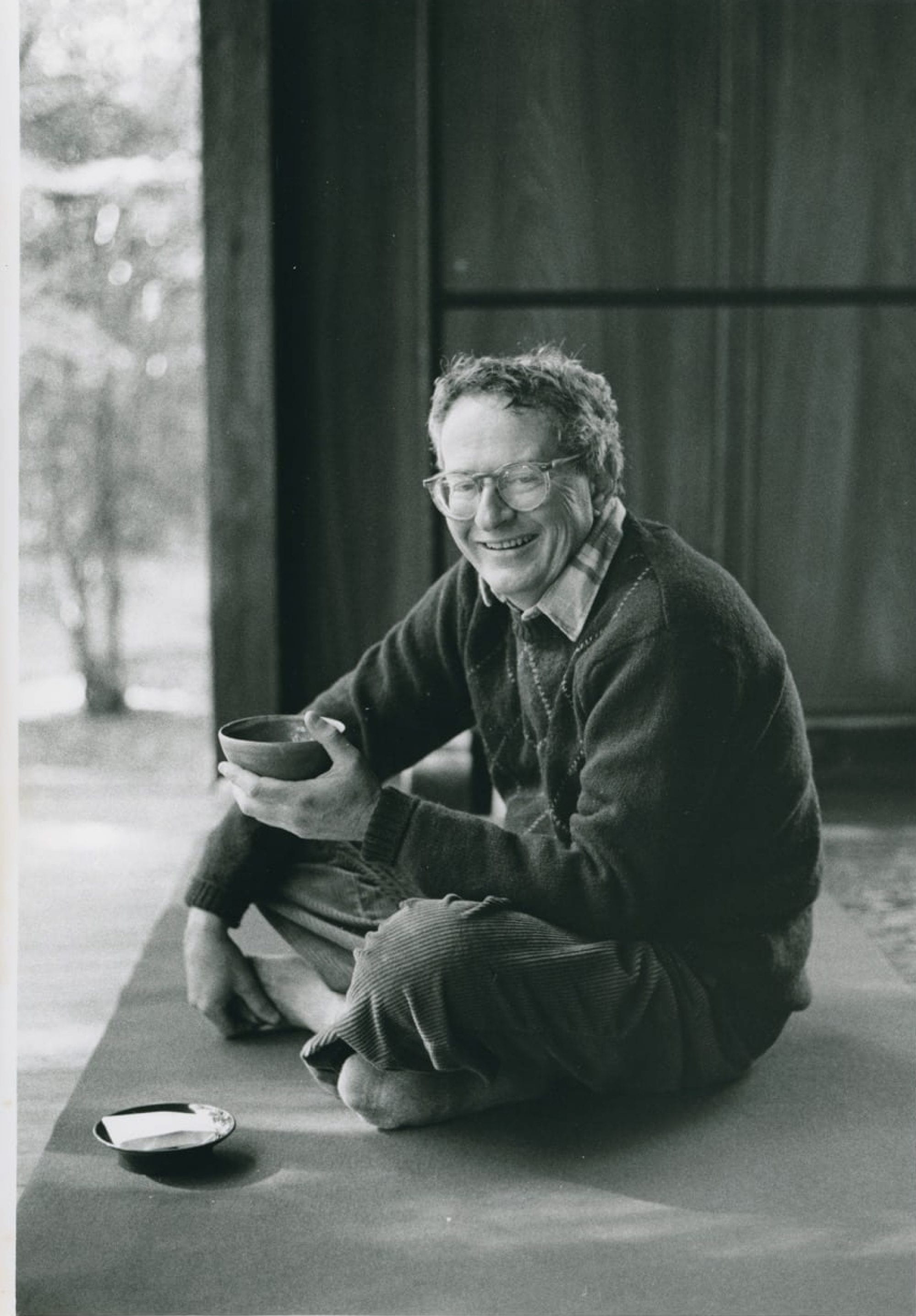Artist: Utagawa Kunisada (signed Kochoro Kunisada ga with double toshidama artist’s seal)
Title: [Ichikawa Sanshō kyōka]
Date: ca. 1829-30
Medium: color woodblock-printed illustrated book; folding album (orihon)
Measurements: 14 cm x 21.1 cm
Publisher: private publication
Arthur Tress Collection of Japanese Illustrated Books. Box 10, Item 5: https://franklin.library.upenn.edu/catalog/FRANKLIN_9977502567803681
The dedication page to this delicate folding album announces the contents as a collection of kyōka poetry in honor of the famed kabuki actor, Danjūrō VII (1791-1859). Sebastian Izzard has dated the book to late 1829, produced when Danjūrō was performing at the Nakamuraza theater in Osaka, and suggests the work was sent to him by the poetry group who commissioned it.[1]
Heading off the text are three color prints designed by Kunisada, who also contributed poetry to the volume. The illustrations memorialize Danjūrō’s performance at Nakamuraza, in which he assumed seven roles in the play Date kurabe Okuni Kabuki. The most dramatic moment is depicted across two facing full pages, set against a black ground. Danjūrō is illustrated simultaneously as the heroic Arajishi Otokonosuke (on the right) and the evil Nikko Danjō (on the left). Next, spreading the subsequent opening, the polymorphic actor is rendered as three personages at once: the wrestler Kinugawa Tanizō on the right; the evil priest, Date no Dōtetsu; and finally Ashikaga Yorikane intently watching the action from behind his open fan on the left.[2]
The ensuing poems are printed on heavyweight paper embossed with peonies, and capped by a colophon listing the book’s editors. Many of the approximately 180 poems address and praise Danjūrō or make puns or references to his various roles or nicknames.[3] The soft front and back covers exhibit a motif of purple peony blooms (an emblem of Danjūrō VII) and bats (a symbol of good luck).
Utagawa Kunisada (1786-1865) was a prolific print designer in the realm of ukiyo-e. Enchanted by the dynamic kabuki scene in Edo from a young age, the artist began his career as an apprentice in the studio of Utagawa Toyokuni (1769-1825), a pioneer of actor prints. Kunisada quickly made a name for himself, becoming exceedingly popular for his portraits of actors and backstage views. Contributions to the genres of landscapes, beauties, and erotica also comprise the artist’s extensive output. He was often tapped to produce surimono, of which this entry is an impressive example, demonstrating the care and expense associated with private commissions. While extant copies of this particular book are rare, Danjūrō VII was a frequent subject for Kunisada throughout their parallel and symbiotic careers.
Other copies:
Spencer Collection, The New York Public Library. “Zō Sanshōshi kyōka.” New York Public Library Digital Collections. Accessed September 22, 2019. http://digitalcollections.nypl.org/items/510d47e0-caab-a3d9-e040-e00a18064a99
A copy of the book’s first illustration and text page survives as a sheet in the collection of The Museum of Applied Arts, Vienna.
https://sammlung.mak.at/en/collection_online?id=collect-195449
Selected reading:
Izzard, Sebastian. Kunisada’s World. New York: Japan Society Inc., 1993. Illustrated in figures 52/1, 52/2, and 52a, 117-119.
Izzard, Sebastian. “A New Actor Painting by Utagawa Kunisada.” Impressions, no. 20 (1998): 78–81. http://www.jstor.org/stable/42598042.
[1]Sebastian Izzard, Kunisada’s World (New York: Japan Society, 1993), 117-118. Izzard notes the poets included are masters from important poetry groups, including: Jingairō, Hōshitei, Umenoya, Fukunoya, Hōraitei Kamenari, Goryūtei Tokunari, and Bumbunsha Kanikomaru.
[2] Izzard, Kunisada’s World, 118. Izzard suggests Kunisada could have based his illustrations on Danjūrō’s performance of the same play in Edo earlier in 1829.
[3] Izzard, Kunisada’s World, 117.
Posted by Zoe Coyle, Fall semester, 2019.


